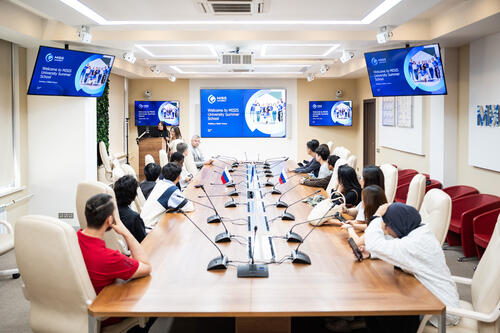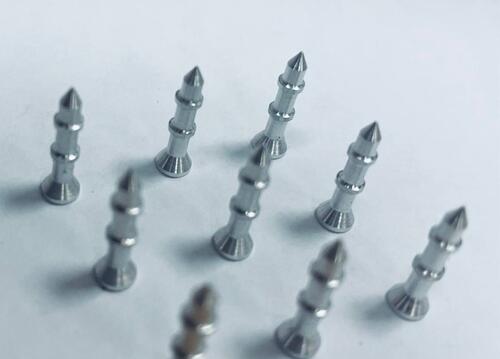A memorandum on the establishment of the space mining industry in Russia was recently signed at NUST MISIS.
Representatives from Russia`s leading universities and innovative businesses as well as government and private development institutions discussed several important topics as part of “Miner`s Week-2018” at NUST MISIS; these included the creation of a gyroscope moon robot mill, effective ways of producing water in lunar soil, and the necessity to develop Russian legislation allowing private domestic companies to mine raw materials on the moon.
According to international experts, the development of a raw material base in outer space will increase the volume of the international market in the field of space works and services by up to $3 trillion. The use of these raw materials could even fundamentally change the paradigm of space technology.
International legislation regarding outer space prohibits the commercial use of a space base [for raw materials]. That is why the scientific and technical policy of the Russian Federation can`t encourage developments in this field, and as a result, there are almost no investments in the sector. However, in the past few years, the United States and Luxembourg have signed acts on a unilateral basis of space competitiveness to regulate the extraction of raw materials on asteroids.
The participants of the round-table discussion signed a memorandum in which they collectively wrote about the necessity, appropriateness, and timeliness of the creation of favorable conditions as part of a scientific and technical government policy to develop the market for the extraction of raw materials in space, including the creation of the appropriate legislative framework. According to experts, the modern scientific and practical experience of universities in the mining field will allow us to successfully adapt technologies used in traditional mining and processing plants for use in outer space.
“In the West, the active investments in space mining started after the acceptance of the relevant rules. Russia also has to create its standard, which, on one hand, would not violate the existing bans on the export of space resources, while on the other allowing our specialists to develop practical technologies in the field of extraction and orbital production”, said Pavel Ananyev, General Director of the NUST MISIS Scientific & Educational Center “Innovative Mining Technologies”.
According to the speakers, considering the economic efficiency of delivering materials from the Moon, it makes sense to only extract the chemical element helium-3—an unprecedented energy source; twenty tons of helium-3 would be enough to supply all of Earth’s energy for a year. It is necessary however to use many resources — solar energy, water, gases, volatile elements, engineering materials, and rare elements — in space for the operation of lunar bases and orbital laboratories.
A number of practical developments for space extraction, in particular a project for light and compact robotic gyroscopic mills for the extraction of rare elements like kimberlite from moon rocks, were presented as part of the round-table discussion “Extraction of mineral resources in space: the present and the future”. With a size of 1 meter in height and 0.8 meters in diameter, the robot would be able to produce a ton of material per hour with a power consumption of about 1kW per hour.
Robots on the moon for mining regolite and extracting water will be able to move on the lunar soil and conduct probing. A laboratory at the NUST MISIS College of Mining (Moscow) will become a Moon for its prototype, and the Spacecraft Control Center will be located in Tomsk. The signal from Tomsk to “the Moon” (in reality to Moscow) and back will pass through a real space satellite, and the signal is planned to imitate real interplanetary communication. During these “pauses” the lunar robot will not sit idly by either— this “free time” is necessary for the robots to make independent decisions.
Imagine, while travelling on the moon, the robot faces a deep crater, or rock, and there is considerable time left before the next team’s arrival. In this case, the robot will be equipped with artificial intelligence to quickly assess the situation and make the best decision.
According to the developers, the prototype`s AI software will make it competitive on the global market. It`s light weight is also important — delivering 1 kg to the Moon only costs $30,000. It was possible to decrease the weight due to a fundamentally new drilling device.
Scientists are also planning to test the technology for the plasma “evaporation” of subsurface rocks. Water and intermetallics (chemical compounds of two or more metals) are formed as a result of such “evaporation,” and can be used as powders for 3D printing. According to the scientists, this technology can be used directly on space objects (for example, on asteroids and on the Moon) to create materials needed to build space infrastructure: warehouses, factories, settlements, etc.






